Feb 8th 2023 - Team
How to Clean Stainless Steel Pans the Proper Way
Even stainless steel pots and pans can be stained. Here's how to care for and clean your stainless steel appliances, from regular use to removing stubborn burnt-on stains.
Proper Way to Clean Stainless Steel Cookware
Before cleaning, make sure to cool a hot pan before submerging it in cool water to avoid an abrupt shift or thermal shock that can cause a pan to distort. A heated pan is also easier to clean and adding hot water will not damage it but it is safer to cool it to avoid any injury.
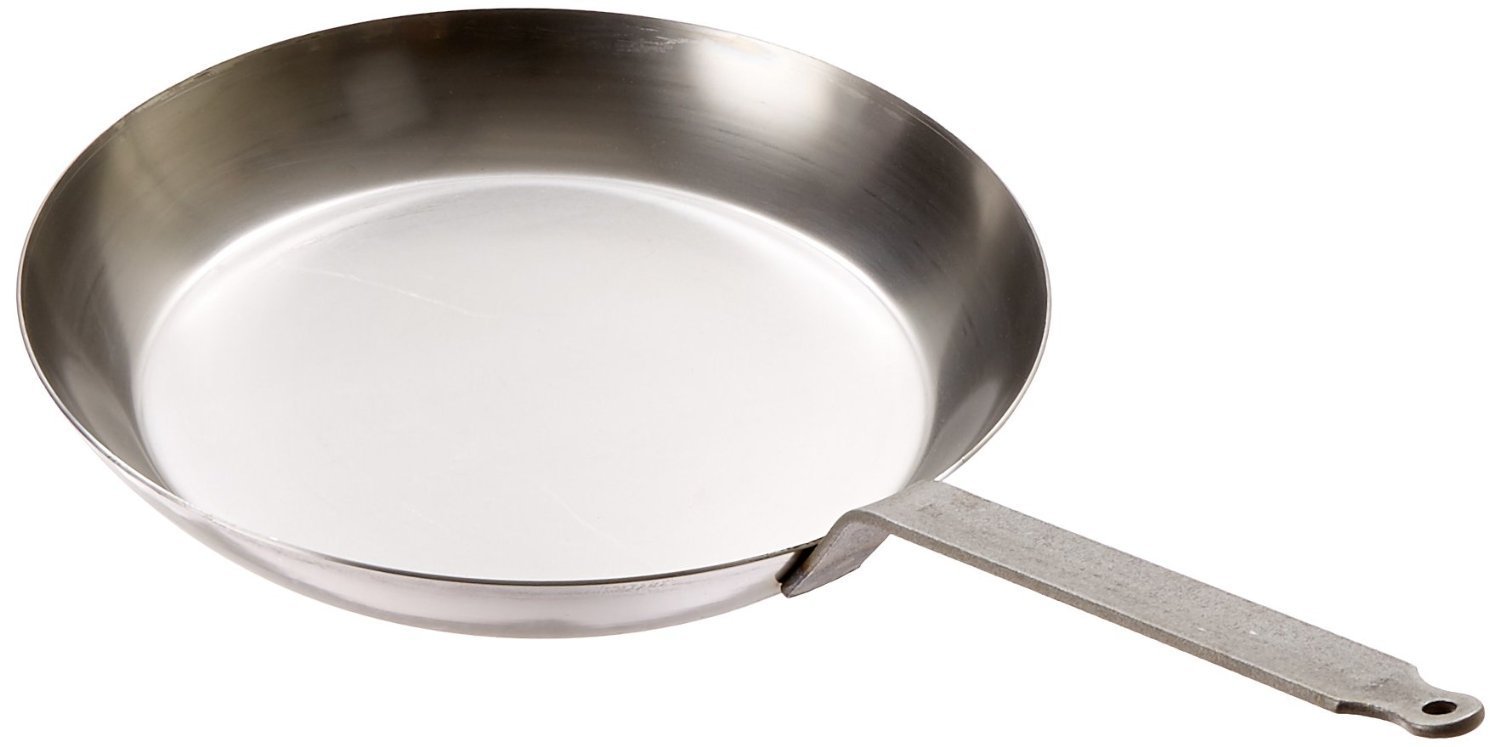
- Using a spatula or paper towel, remove leftover oil from a recently-used pan before cleaning it.
- Then, deglaze the pan with some boiling water.
- To clean the fond, or the browned bits of food stuck at the bottom of the pan, use a long-handled brush.
- Scrub the interior and exterior of the pan with a pad or sponge and a bit of dish soap.
- Using a continuous circular motion, lightly scuff the pan's surface. As long as you avoid abrasive pads (like steel wool), they will not damage the performance or durability of your cookware. A softer sponge leaves no scratches, but its use requires more effort. Moreover, it will not prevent your cookware from being marred by metal cooking utensils.
- Rinse, followed by drying with a fresh, absorbent towel.
Model Featured: Matfer Bourgeat 062003
Learn the best way for getting rid of burnt food from stainless steel pans.
For thorough cleaning of stainless steel cookware, dish soap is highly effective. But if the food in the pan has become scorched, there's not much a dish soap can do.
Use a Commercial Cleaner
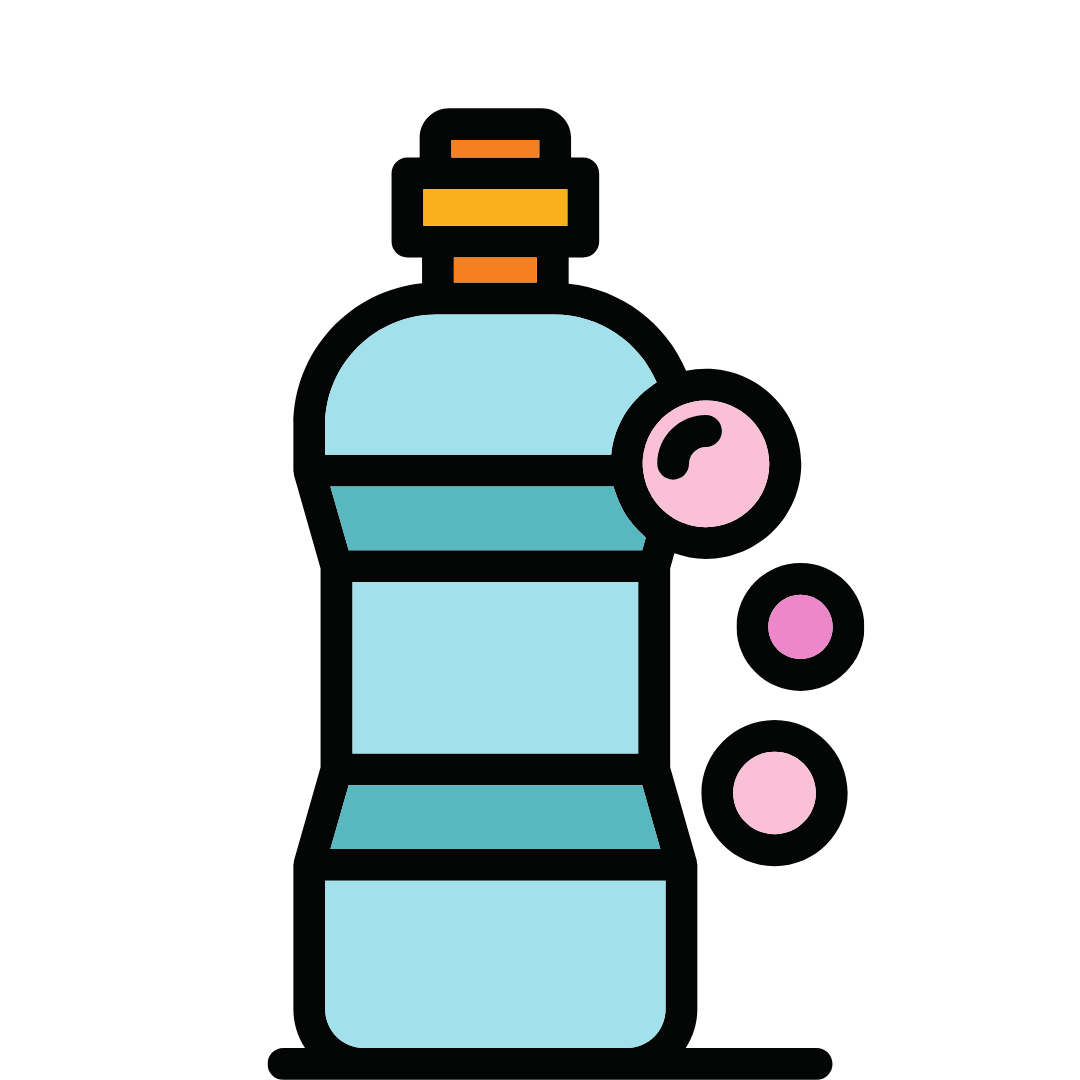
Before attempting any other option, try a commercial, stainless steel cleaner designed to clean stainless steel surfaces without scratching or harming them. When eliminating burnt food residue or scorch marks, the powdered mixture is the most effective. Follow the instructions below:
- Wet the pan, and ensure to thoroughly saturate the charred food.
- Add the cleaner, making sure to spread it on the pan's bottom to form a paste.
- Using a nonabrasive scrubber or soft cloth or a microfiber cloth, massage the mixture into the charred food.
- Rinse: Use clean water to rinse the pan.
- Repeat the steps if the burn marks are still apparent.
Note: For obstinate burn marks and carbon buildup, it may be necessary to use a more potent cleaning, such as Carbon Off.
Boiling water can be used to get rid of burnt food
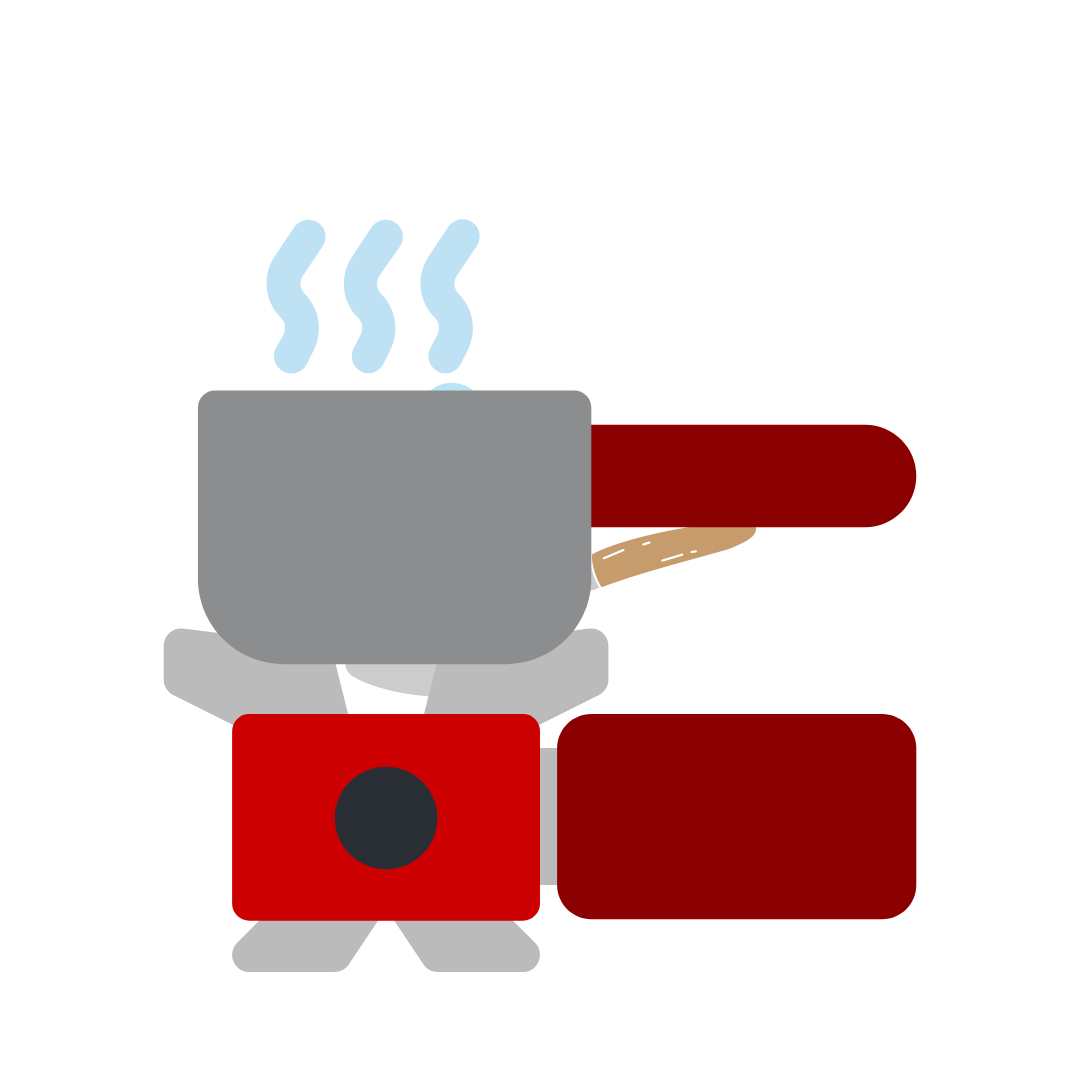
If you do not have any commercial cleansers on hand, boiling water can be used as a substitute because the heat from the water helps loosen the food. This makes it simpler to remove from the saucepan. Follow these instructions when employing the boil-with-water method:
- Scrub: Using a nonabrasive scrubber, begin by removing as much food as possible.
- Add soap: Fill the saucepan or pan with water and some dish detergent.
- Food must be totally submerged for this technique to be effective.
- Bring the water to a boil. Let it simmer for several minutes.
- Turn off the heat and take the saucepan off the burner and let it cool.
- The meal should be sufficiently loose to scrape with a spatula.
If this procedure does not work, repeat the process or try one of the following alternatives.
De-scale burnt food with a mixture of vinegar and baking soda.
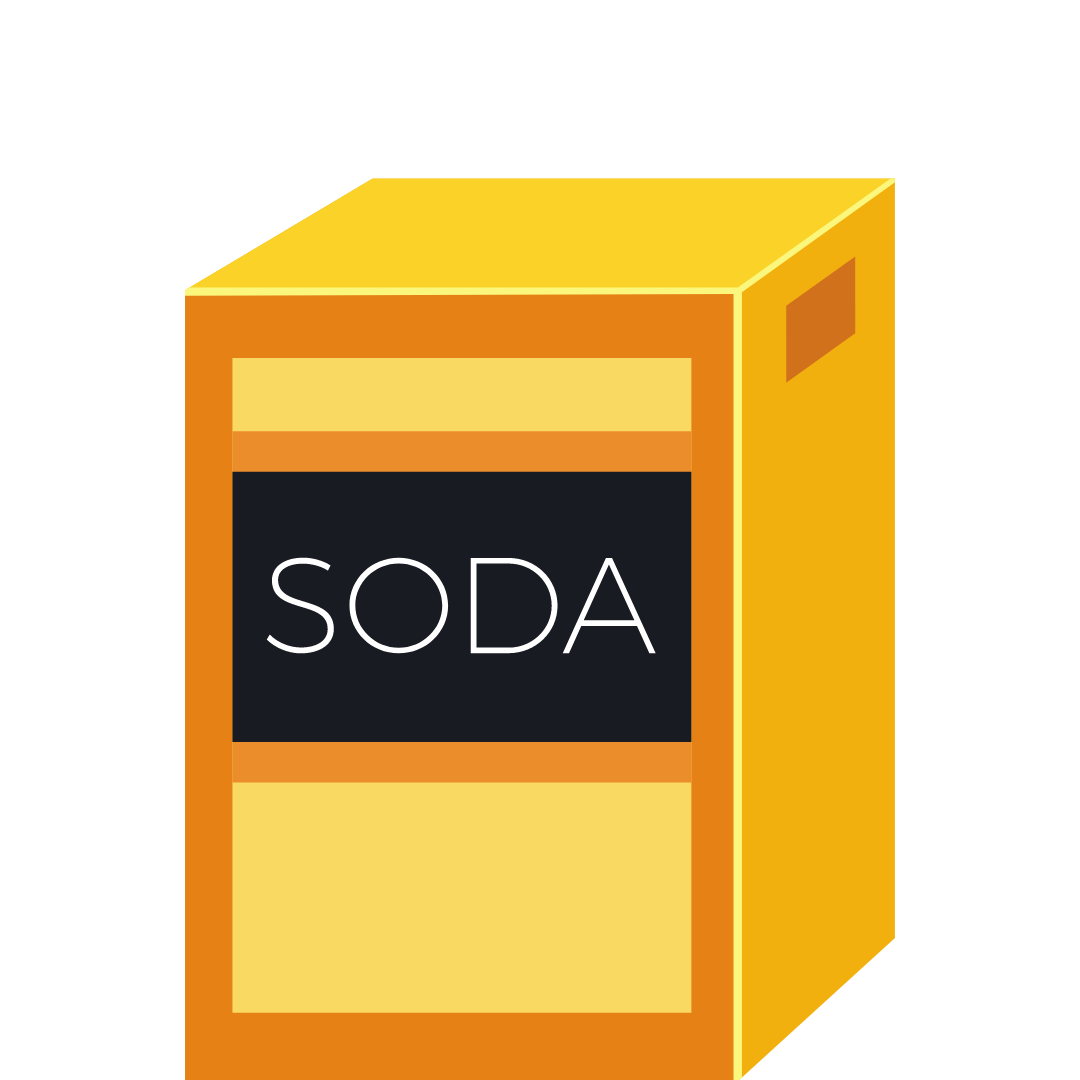
Vinegar and baking soda are two popular alternatives for cleaning chemicals for descaling. Due to its acetic acid composition, vinegar is an efficient cleaning agent. Combining vinegar and baking soda produces a fizzy chemical reaction that can be used to remove stains and release sticky problems. This makes them a useful cleaning combination, despite the fact that the resulting solution is essentially salt water!
- Pour enough water into the bottom of your pot or pan. Make sure it is enough to cover the heavy stuck-on food.
- After filling the pot or pan with water, add 1 cup of vinegar. Then, bring the water to a boil.
- Once boiling, remove from heat and stir in two tablespoons of baking soda.
- Mix briefly and then empty the pan.
- Use a nonabrasive sponge or scrubber. Remove any leftover food particles from the pan.
What is the best method for cleaning burnt stainless steel pans?
Repeatedly heating food or carbon deposits that have been burned might result in burn marks that are more difficult to erase. The removal of burn marks on the interior and exterior of a cooking pot demands more effort.
Use the Baking Soda Method to Remove burn marks.
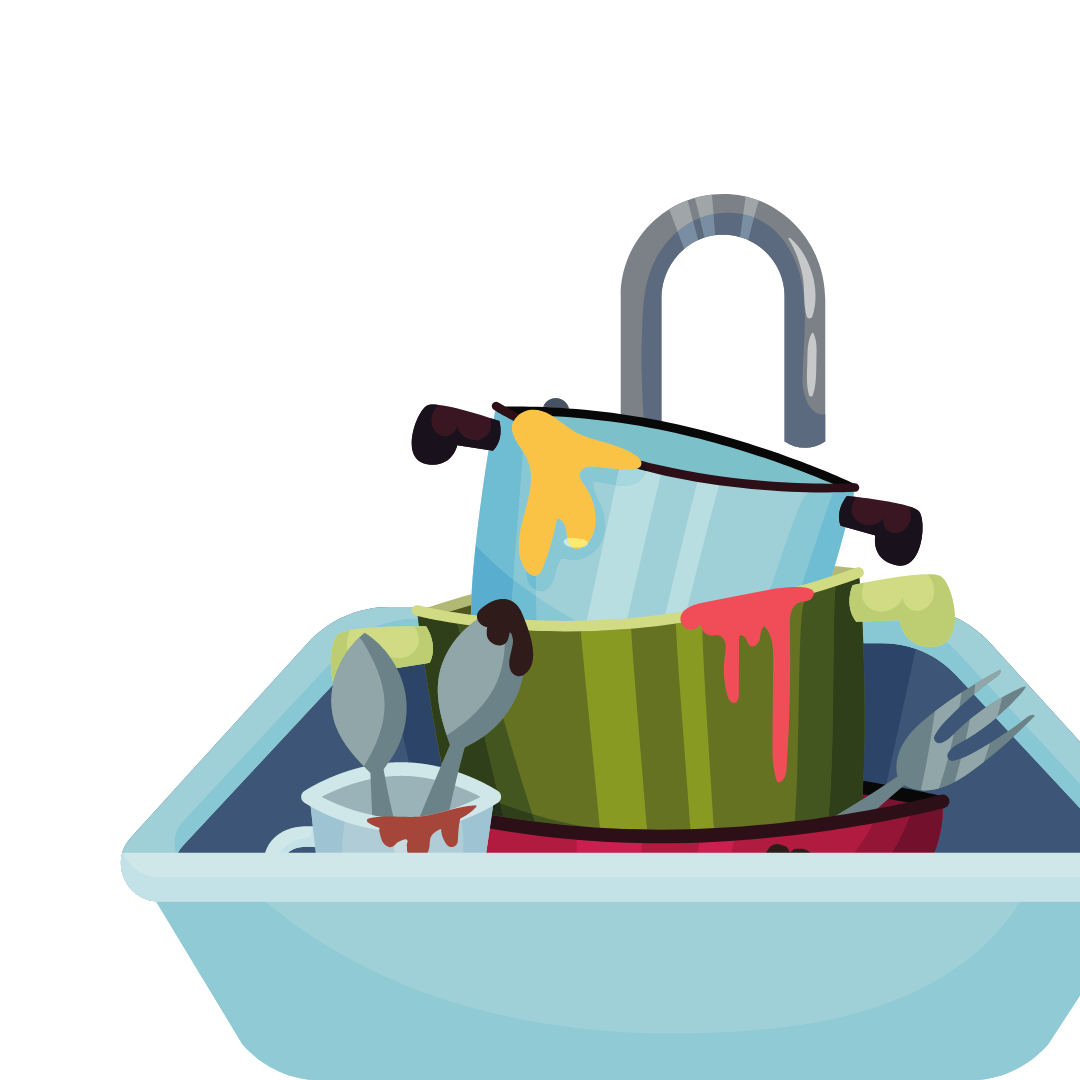
You may already have everything you need in your kitchen to get rid of burn marks.
- Make sure the pan is dry before you start this method.
- Flip the pan over
- Sprinkle baking soda evenly on the bottom of it.
- Put baking soda on the burns with a dry cloth. You can also make it into a paste. Do this by mixing a bit of water with baking soda.
- Once cleaned, rinse off any baking soda that's left and pat it dry.
Baking soda and dish soap can be used to get rid of burn marks.
If you have gentle dish soap available, you can just mix it with baking soda to make a paste to apply to the burnt area. Let it stay there for a few hours and wash it well and dry it like you normally would.
Using Soda to Remove Burned-On Oil
If you're wondering how to remove burned oil from stainless steel pans, the answer may surprise you. All you need is soda! Due to the acidic qualities of cola, this approach also works well on sticky, adhered things such as caramel. Listed below are instructions for removing burned oil from stainless steel pots and pans with baking soda:
- Pour enough soda to cover any charred areas in the pan.
- Bring the carbonated beverage to a simmer.
- Once the food has reached a simmer, take it from the heat and use a spatula to remove any scorched oil or other adhered things.
The best way to clean discolored stainless steel pans.
Despite the fact that it is called stainless steel, your stainless steel cookware may become stained over time especially if not well-taken care of.
Vinegar can be used to get rid of discoloration.
Vinegar is a good way to get rid of any awful-looking stains and discoloration on your pan that is usually caused by overheating. To get rid of stains, just wash your pan with vinegar and rinse it with tap water.
- You can also use vinegar to get rid of white calcium carbonate buildup stains in your pan.
- Mix one part vinegar with three parts water
- Boil it in the pot or pan. Let the mixture cool. After that, empty it out of the pan and wash it as usual.
Applying Tomato Sauce to Remove Discoloration
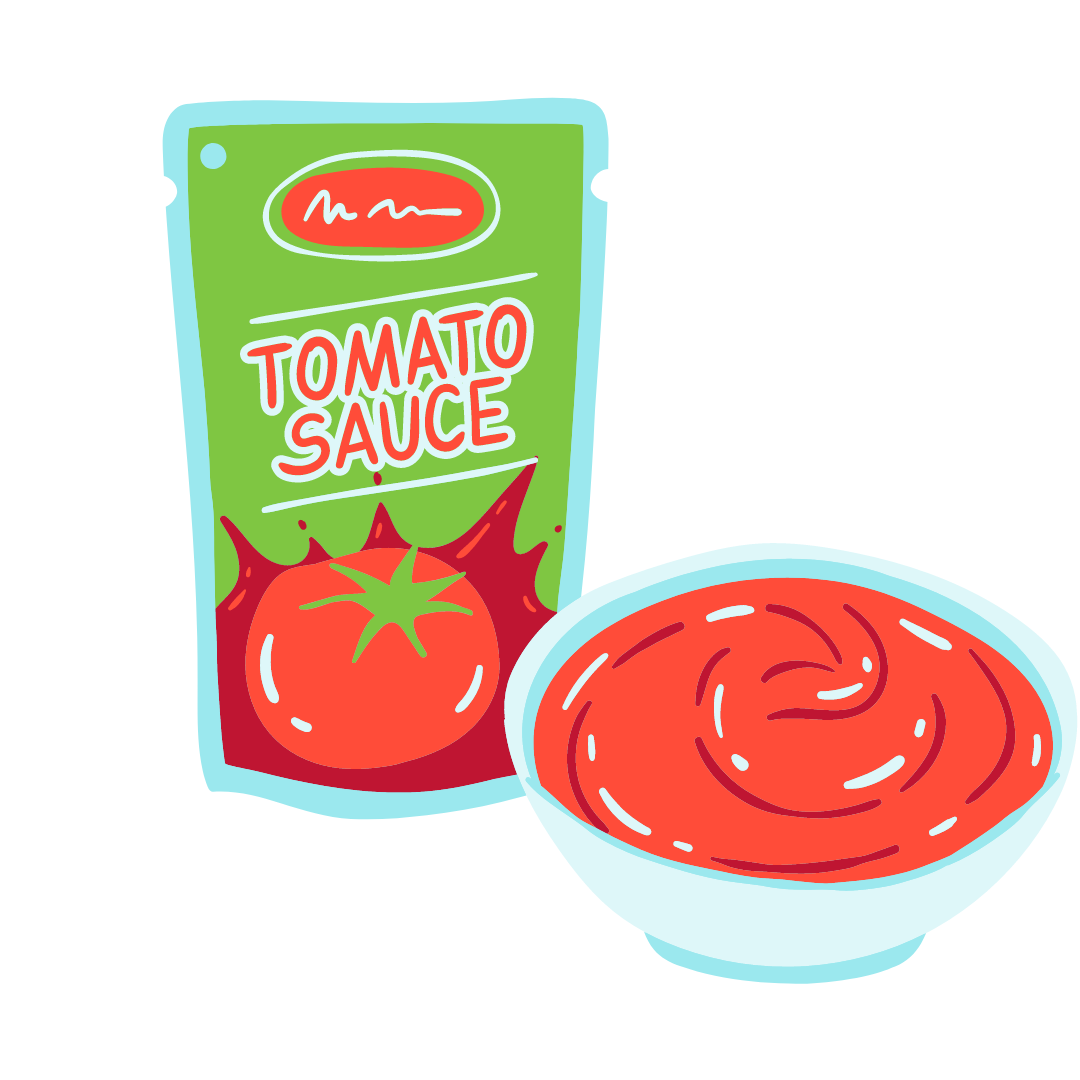
If you have any leftover tomato sauce, use it to scrub the stains off your stainless steel cookware. Tomatoes' natural acidity helps prevent browning. If your stainless steel cookware has become discolored, you can remove the stain by following these techniques using tomato products:
- Tomato sauce should be added until the damaged areas are completely submerged in the sauce.
- Simmer and keep the sauce at a low boil for about 10 minutes, decanting any excess liquid.
- Take out the sauce and wash the pan out.
- A second option is to just leave the tomato sauce in the pan overnight. You don't have to simmer it down or anything.
Guidelines for Maintaining Stainless Steel Cookware
After you've gotten your beloved pans back to their shiny best, here are some guidelines for maintaining their appearance:
- Water spots can be avoided by always drying pans right away after washing.
- Use a damp sponge and some baking soda to scrub your pan clean of watermarks.
- Do not use salt in any cleaning methods. Cleaning stainless steel with salt or salt water too often can cause pitting.
- Food that has been refrigerated is more prone to sticking while cooking. Meats and other foods that have been stored in the fridge should be brought to room temperature before being added to the skillet.
- Never pour cold water into a heated pan; doing so might cause the pan to warp and become disfigured.
- Scrubbing or cleaning stainless steel with abrasive tools like steel wool can cause surface scratches.
The heat is distributed and conducted efficiently in stainless steel cookware. This is why they are so often used in restaurants and other industrial kitchens. Even the oldest of your pots and pans may be restored to their former glory with the help of these easy maintenance techniques.

